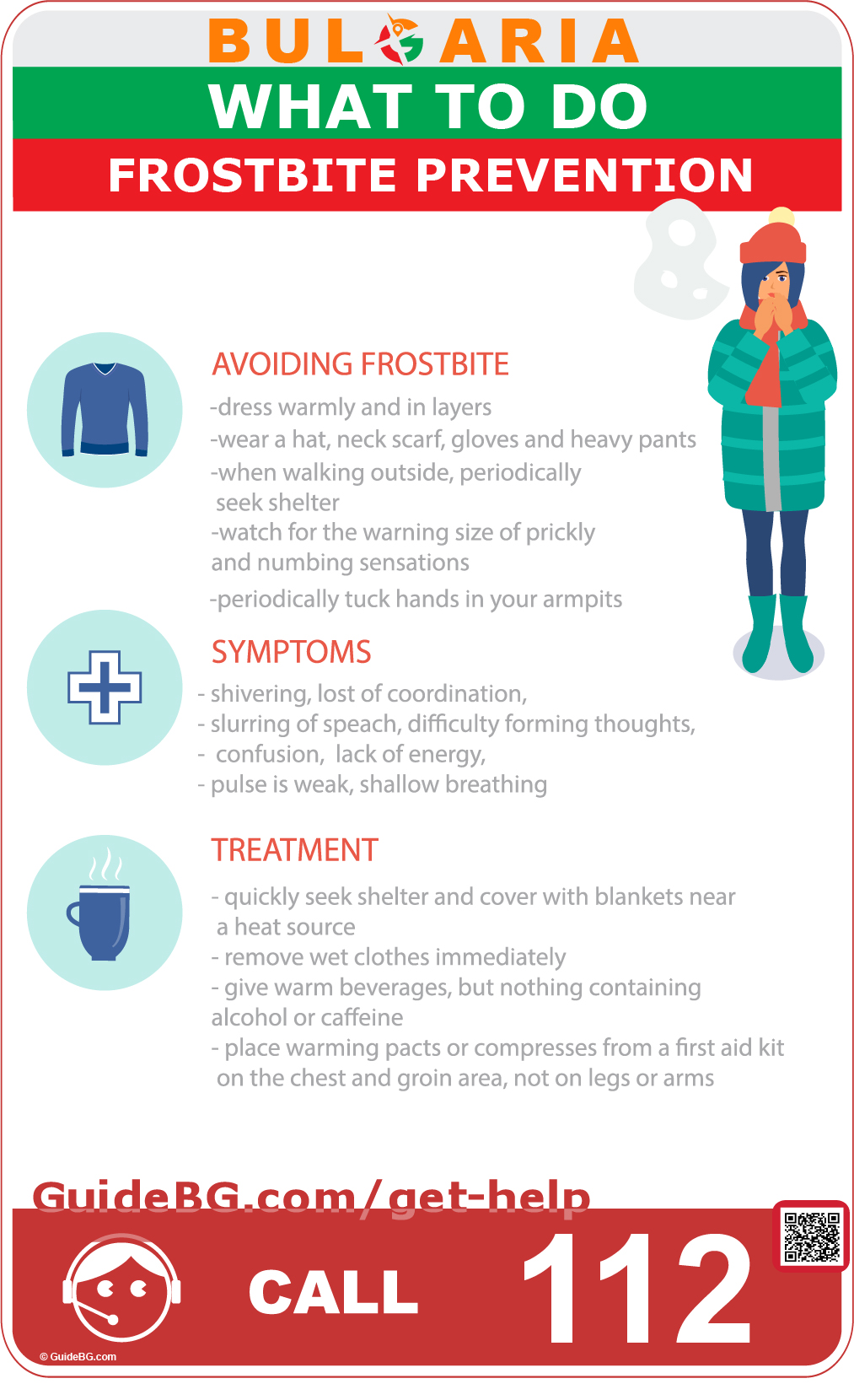As temperatures drop, the risk of frostbite – an injury caused by freezing the skin and underlying tissues increases. Here’s a short guide on preventing frostbite, recognizing its symptoms, and treating it effectively.
Avoiding Frostbite
Prevention is the first line of defense against frostbite. Staying warm and dry is critical:
- Dress in Layers: Wear multiple layers of clothing to trap warm air close to the body.
- Protect Extremities: Use hats, neck scarves, gloves, and heavy pants to shield the most vulnerable parts of your body.
- Seek Shelter: When outside in cold weather, take breaks in warm locations to prevent prolonged exposure.
- Be Attentive: Keep an eye out for the early signs of frostbite, such as a prickly feeling or numbness.
Symptoms
Early detection of frostbite symptoms can help prevent long-term damage:
- Shivering and Coordination Loss: Uncontrollable shivering and clumsiness are often initial signs.
- Speech Difficulty: Look out for slurring and trouble forming thoughts.
- Confusion and Fatigue: Mental exhaustion and a lack of energy can be red flags.
- Weak Pulse and Shallow Breathing: These symptoms indicate the body struggles to maintain warmth.
Treatment
If you suspect frostbite, respond promptly to minimize tissue damage:
- Find Warmth: Get to a heated space as soon as possible.
- Remove Wet Clothing: Wet garments draw heat away from the body, so removing them quickly is essential.
- Warm Beverages: Drink warm liquids to raise the body’s core temperature, but avoid alcohol and caffeine.
- Gentle Warming: Apply warming packs to the chest and groin. Avoid direct heat on the affected areas to prevent burns.
In all cases, it’s essential to handle the affected areas gently and not to rub or massage the frostbitten skin, as this can increase damage. If symptoms are severe or there is no improvement after initial first aid, seek medical attention immediately.
Frostbite can occur quickly, especially in freezing, windy, or wet weather.
If you can not cope with the symptoms alone – call 112!
The information provided in the health-related guides is for general informational purposes only. It is not intended as, nor should it be considered, a substitute for professional medical advice, diagnosis, or treatment. Always seek the advice of your physician or other qualified health provider with any questions you may have regarding a medical condition. Never disregard professional medical advice or delay seeking it because of something you have read in these guides. If you think you may have a medical emergency, call your doctor or emergency services immediately.



